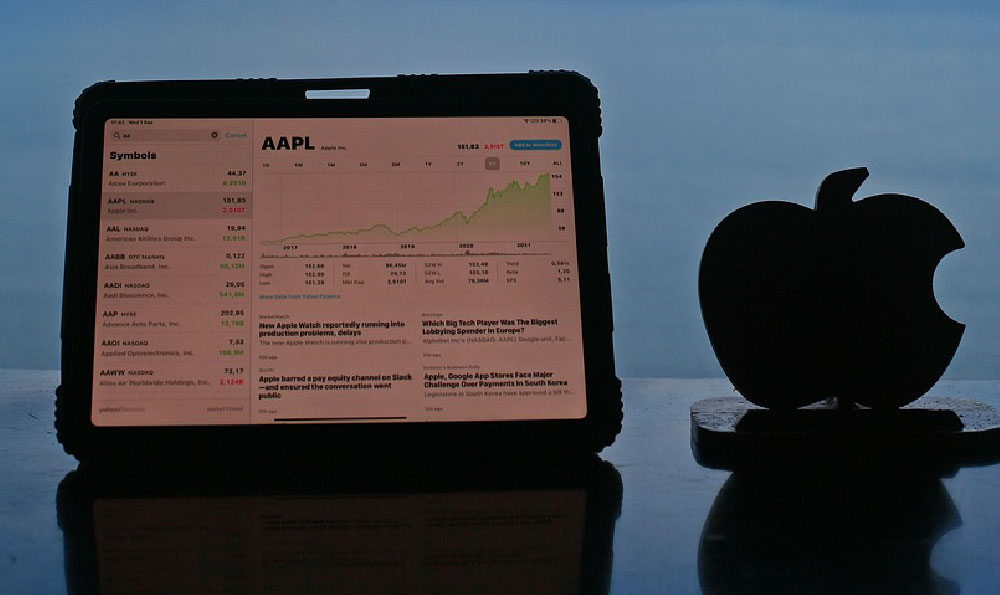Okay, I understand. Here's an article answering the question "How many views on YouTube? Can you make money from it?", focusing on a comprehensive and engaging explanation without relying on bullet points or numbered lists, and avoiding introductory phrases like "Firstly" or repeating the title within the text.
Navigating the world of YouTube monetization can feel like charting a course through a complex and ever-shifting landscape. The allure of earning income from creating videos is strong, but understanding how views translate into actual earnings requires a nuanced perspective. It's not simply about hitting a magic number; a multitude of factors influence your potential revenue.
The fundamental answer to the view question is: there's no single number of views that guarantees wealth or even significant income. YouTube's Partner Program (YPP), the gateway to monetization, has eligibility requirements that focus on both view count and subscriber numbers. Currently, these include accumulating at least 1,000 subscribers and 4,000 valid watch hours within the past 12 months. Meeting these thresholds is the initial hurdle.

Once accepted into the YPP, your earnings aren't directly tied to the raw view count alone. The crucial metric is the CPM (Cost Per Mille, or cost per thousand impressions) and the RPM (Revenue Per Mille, or revenue per thousand views). CPM is the amount advertisers pay YouTube to display ads on your videos. RPM, on the other hand, is the actual revenue you, as the creator, receive for every thousand views after YouTube takes its cut (typically around 45%).
CPM and RPM fluctuate significantly depending on a variety of factors. These include:
- Niche: Certain niches are inherently more lucrative than others. For example, finance, business, and technology channels often attract higher CPMs because advertisers are willing to pay more to reach audiences interested in these topics. Gaming, vlogging, and entertainment channels may have lower CPMs.
- Audience Demographics: Advertisers target specific demographics. If your audience aligns with a highly sought-after demographic (e.g., affluent professionals in a certain age range), your CPM will likely be higher. The geographical location of your viewers also matters; views from countries with stronger advertising markets, like the US, Canada, and Western European nations, generally yield higher revenue than views from countries with less developed advertising markets.
- Ad Format: Different ad formats generate different levels of revenue. Skippable video ads, non-skippable video ads, display ads, and overlay ads all have varying CPMs. The types of ads that appear on your videos are determined by YouTube's algorithm based on viewer behavior and advertiser bids.
- Video Length and Retention: Longer videos generally have the potential to display more ads, increasing potential revenue. However, simply making a long video isn't enough. Viewer retention is critical. If viewers drop off quickly, the algorithm is less likely to show ads, and your revenue will suffer. Keeping viewers engaged throughout the video is essential.
- Seasonality: Advertising spending fluctuates throughout the year. CPMs tend to be higher during the holiday season (Q4) when businesses are actively promoting their products and services. They often dip in January and February after the holiday rush.
- Ad Blocker Usage: A significant portion of viewers use ad blockers, which prevent ads from being displayed. This directly reduces your potential revenue, as you only get paid when an ad is successfully shown.
- Content Quality and Engagement: While not directly impacting CPM, high-quality content that resonates with your audience will lead to more views, watch time, and engagement (likes, comments, shares). This, in turn, signals to YouTube's algorithm that your channel is valuable, which can indirectly influence ad placement and overall channel growth.
- YouTube Algorithm Changes: YouTube's algorithm is constantly evolving, and these changes can impact ad placement, channel visibility, and overall monetization opportunities. Staying informed about these changes and adapting your content strategy accordingly is crucial.
- Content Suitability (Advertiser-Friendly Guidelines): Your content must adhere to YouTube's advertiser-friendly guidelines. Content deemed inappropriate (e.g., violent, offensive, or controversial) will be demonetized, meaning no ads will be shown.
Therefore, instead of focusing solely on the number of views, consider these strategies to maximize your earning potential:
- Optimize for Watch Time: Create compelling content that keeps viewers engaged. Experiment with different formats, editing styles, and topics to see what resonates best with your audience.
- Identify a Profitable Niche: Research niches with high CPMs and align your content accordingly. Consider your interests and expertise to create authentic and engaging content in that niche.
- Promote Your Videos: Use social media, email marketing, and other channels to drive traffic to your videos and increase your reach.
- Engage with Your Audience: Respond to comments, ask questions, and build a community around your channel. This fosters loyalty and encourages viewers to return for more content.
- Experiment with Different Ad Formats: Explore different ad formats to see which ones perform best on your channel. Consider using mid-roll ads in longer videos to increase ad impressions.
- Analyze Your Analytics: Use YouTube Analytics to track your performance, identify trends, and optimize your content strategy. Pay attention to metrics like watch time, audience retention, and CPM.
In conclusion, while the question "How many views on YouTube do you need to make money?" is a natural one, the answer is far more complex than a simple number. It's a combination of adhering to YPP guidelines, creating engaging content, optimizing for watch time, targeting a profitable niche, and understanding the dynamics of CPM and RPM. Focus on building a strong, engaged audience and providing valuable content, and the monetization opportunities will follow. Building a successful YouTube channel and generating substantial income requires dedication, consistency, and a deep understanding of the platform's ecosystem. It's a marathon, not a sprint.












